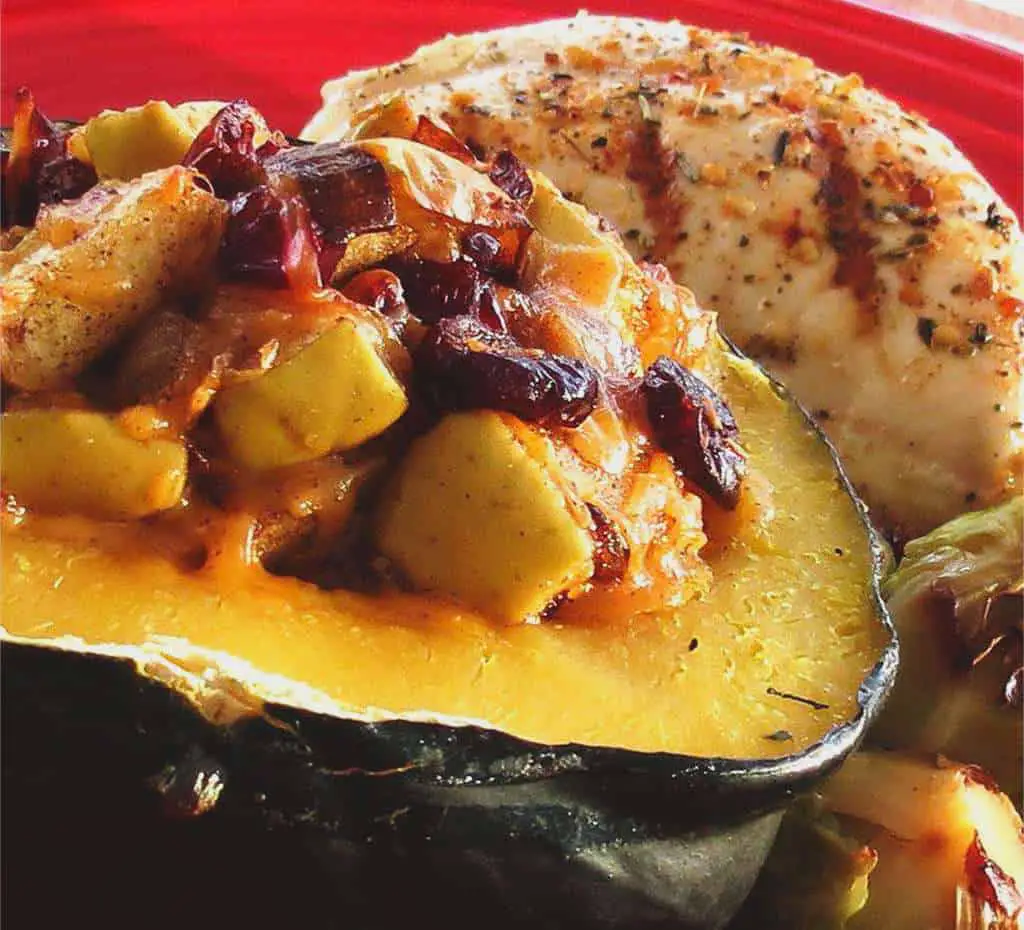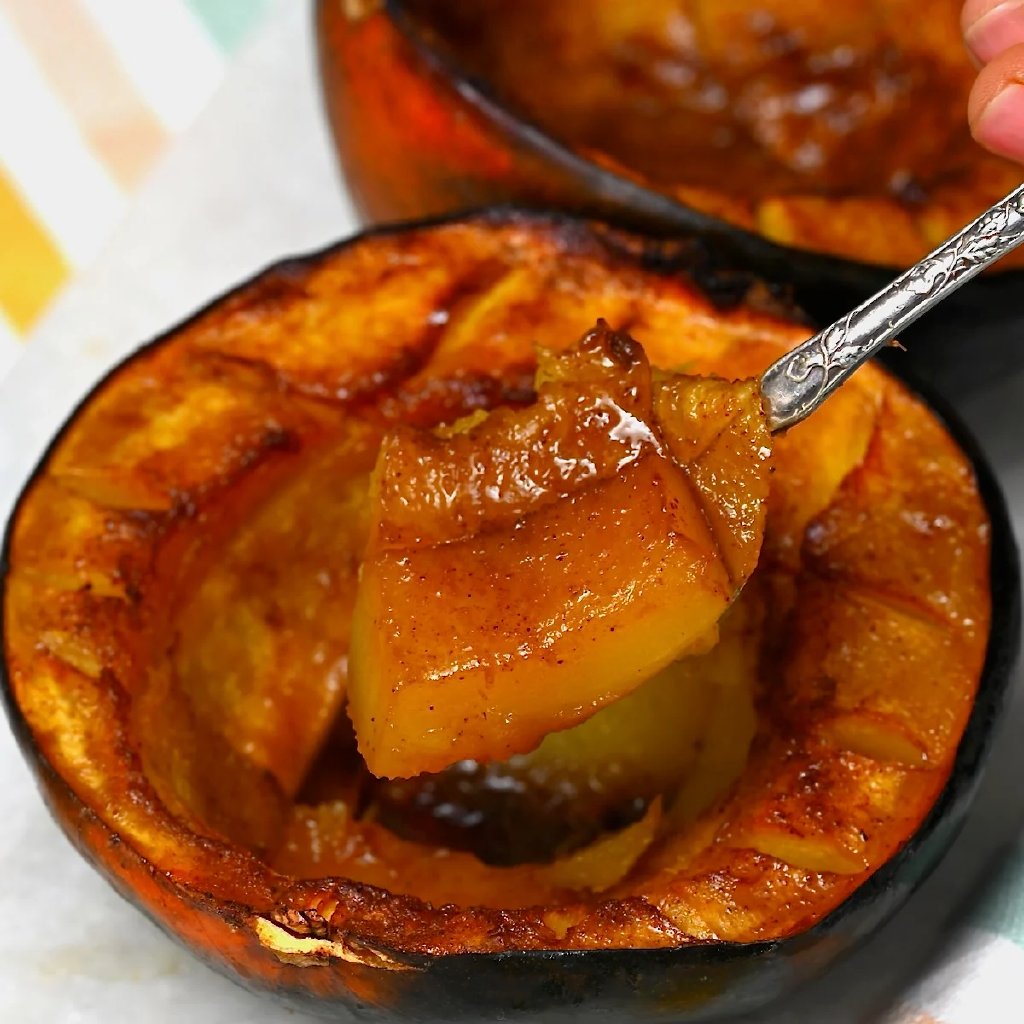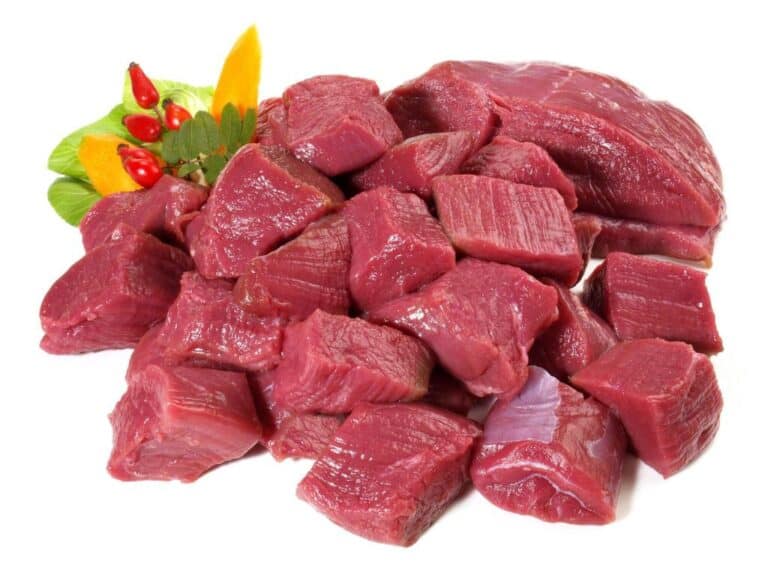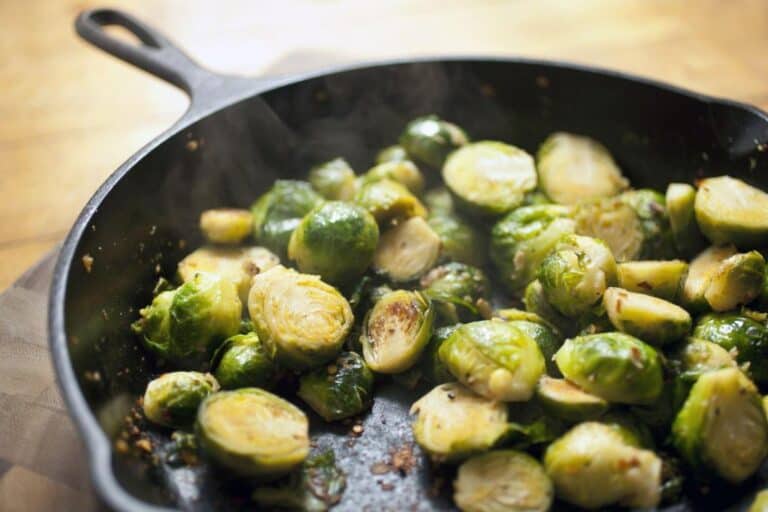How Do You Know When Butternut Squash Is Fully Cooked?

Butternut squash is one of those vegetables that has worked its way into my heart and kitchen. It’s versatile, flavorful, and—when cooked right—an absolute treat. But here’s the million-dollar question: How do you know when butternut squash is fully cooked?
I’ve stood over the stove and peered into the oven, wondering if it’s time to pull out that beautiful orange goodness or let it cook a little longer. Through trial-and-error, I’ve picked up a few tricks along the way. Let’s dive into the clues and cues that will help you perfect your butternut squash every time.
The Feel Test: Soft and Tender Wins the Day

When it comes to cooking butternut squash, texture is key. I like to think of it as a ripe avocado—when it’s done, it should be tender but not mushy. The best way to test this is by giving it a gentle poke or prod. If you can easily slide a fork or knife into the flesh, you’re in business.
Here’s what to look for:
- Roasted Squash: When roasting butternut squash, I look for edges that are slightly caramelized and the flesh that’s fork-tender. If you can pierce the squash with little resistance, it’s ready. I love it when the cubes are golden brown, slightly crispy on the outside, and melt-in-your-mouth tender inside.
- Boiled or Steamed Squash: If you’re boiling or steaming, the squash should be tender all the way through. You can test this by poking it with a fork. If the fork goes in easily, it’s done. The flesh should also have a vibrant, deep orange color.
- Microwaved Squash: When microwaving butternut squash, the squash should be tender and slightly soft. It’s quick and easy, but you have to watch it closely to avoid overcooking. Again, the fork test is your best friend here.
The Visual Cues: Color and Shape Matter
The color and shape of butternut squash can also give away its doneness. When fully cooked, the squash takes on a rich, deep orange hue, and the shape slightly collapses as it softens.
What to watch for:
- Color Change: As butternut squash cooks, it deepens in color. If you started with a pale orange, the finished product should be a richer, more vibrant shade. The deeper the color, the more developed the flavors.
- Slight Shrinkage: When roasting or baking, the squash may shrink slightly as it loses moisture. If the pieces look a bit smaller than when they went in, that’s a good sign they’re done.
- Caramelized Edges: For roasted squash, those caramelized, slightly browned edges are a clear indication that the sugars have developed and the squash is cooked through.
Timing Is Everything: Cook Times to Guide You
Cooking times can vary depending on the size of your squash pieces and your chosen method. Here’s a general guide I stick to:
| Cooking Method | Temperature/Setting | Time | Visual/Tactile Clues |
| Roasting | 400°F (200°C) | 25-35 minutes | Caramelized edges, fork-tender |
| Boiling | Medium-high heat | 10-15 minutes | Fork-tender, deep orange color |
| Steaming | Medium heat | 10-15 minutes | Soft all the way through, vibrant color |
| Microwaving | High (1000W) | 8-12 minutes | Tender, slightly softened, fork slides in easily |
The Taste Test: The Final Confirmation
Let’s be honest, sometimes the best way to tell if something’s done is to give it a taste. I always sample a piece when I think the squash is ready. The flavor should be sweet, nutty, and rich. If it still tastes a bit raw or has a crunch, it needs more time.
A fully cooked butternut squash should almost melt in your mouth, with a creamy texture and a warm, sweet flavor.
Common Pitfalls: Avoiding Undercooking and Overcooking
Even with all these signs, it’s still easy to fall into the trap of undercooking or overcooking butternut squash. Let’s talk about how to avoid these common pitfalls.
Undercooking:
- Signs: The squash is tough, difficult to cut through, or has a starchy taste.
- Solution: Add more cooking time! Keep checking every few minutes until it passes the fork test. If you’re roasting, try covering the squash with foil for part of the cooking time to trap in steam and help it cook more evenly.
Overcooking:
- Signs: The squash is mushy, falling apart, or too soft to hold its shape.
- Solution: Keep a close eye on the clock, especially when boiling or steaming. For roasting, try cutting the squash into slightly larger pieces so they don’t cook too quickly. If you do overcook it, don’t worry—you can always turn it into a delicious mash or puree.
Butternut Squash Cooking FAQ
I’ve answered a few common questions I get from friends about cooking butternut squash. Hopefully, these will clear up any lingering doubts.
- Can you eat the skin of roasted butternut squash?
- Yes, you can, but it’s a matter of preference. The skin softens during cooking and is perfectly edible, though some people find it tough.
- What if my squash is still hard after the recommended cooking time?
- If your squash is still hard, it likely needs more time. Just keep cooking and checking it every few minutes until it’s tender.
- How do you store leftover cooked squash?
- Store it in an airtight container in the fridge for up to 5 days. You can also freeze cooked squash for longer storage—just be aware that the texture might change slightly when thawed.
Final Thoughts: Trust Your Instincts
Cooking butternut squash can feel like a dance—you have to find the right rhythm and listen to the cues your squash gives you. With a little practice, you’ll develop an instinct for when it’s done. Trust your senses—your sight, touch, and taste will guide you to perfectly cooked squash every time. And remember, even if it’s not perfect, it’s still delicious.
So next time you’re in the kitchen with a butternut squash, don’t stress—just enjoy the process and let your instincts lead the way.






